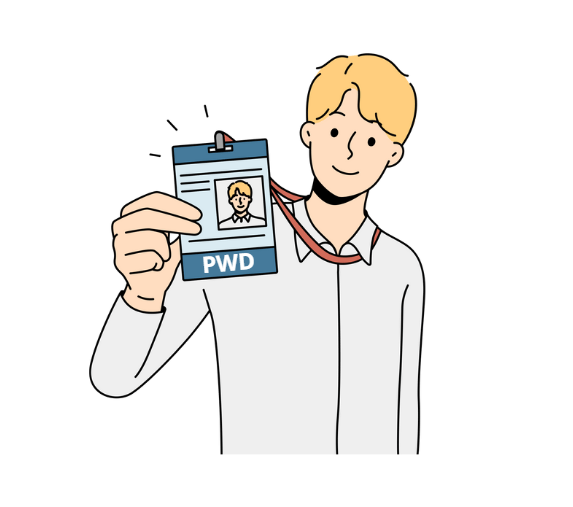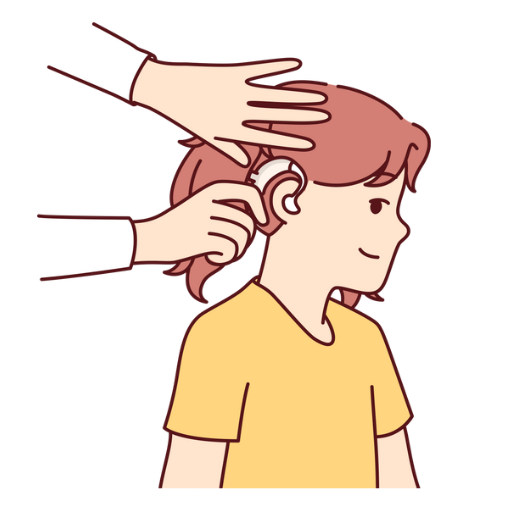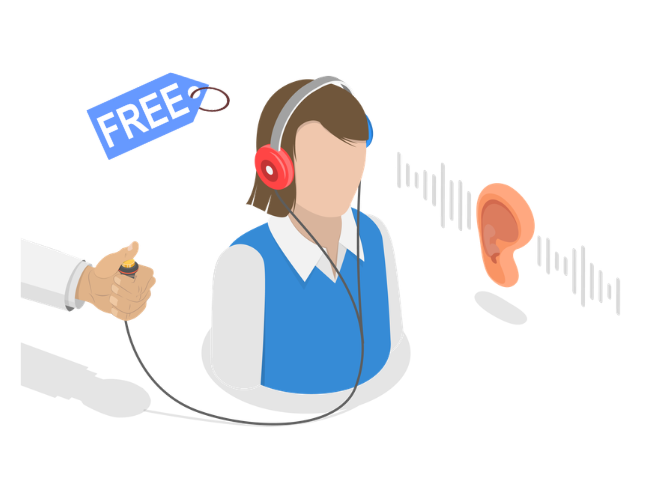What Is a “Home Sign”?
Ever wondered how Deaf children communicate when formal sign language hasn’t reached them yet?
A home sign is a personal, improvised set of gestures invented by Deaf children—often at home—to express their thoughts and needs. This system isn’t taught nor widely shared, but it becomes the bridge that supports early communication until formal language becomes available.

What Is Home Sign?
A home sign (also called “kitchen sign”) develops when a Deaf child—who lacks access to formal sign language—creates their own unique gestures to communicate with family. These systems emerge not from formal instruction but from necessity and daily interaction. Despite their improvised nature, they often exhibit linguistic structure, like consistent gestures, simple syntax, and even grammar-like features.
How Complex Can It Get?
Though not a full language, home sign systems can become sophisticated. Linguists have found that they often contain a stable lexicon (gesture–meaning pairings), sentence-like sequences, and even recursive structures—say, combining concepts like eat + apple + again in a structured order.
Why It Matters: Human Language at Work
Home sign reveals the incredible human ability to invent language from scratch. It highlights that the drive to communicate is universal—even when conventional linguistic inputs are absent. Studying home sign offers linguists insights into how language naturally develops in human cognition.
The Challenges of Language Deprivation
While home sign is creative and resourceful, it also brings limitations. Research shows that without exposure to full language, later development in areas like understanding others’ perspectives or number concepts and complex narratives can be affected. For example, adult home signers may struggle with false-belief tasks or accurately expressing numbers.
Transitioning to Formal Sign Language: FSL in the Philippines
In the Philippines, the solution lies in Filipino Sign Language (FSL), which is not only a full language but also a cultural cornerstone recognized by law (Republic Act 11106) pfdeaf.org. Learning FSL provides Deaf children access to full linguistic expression, education, and community—far beyond what home sign can support.Organizations like IDEA Philippines offer programs to teach parents and families FSL, helping move from home sign to inclusive language use and nurturing deeper family bonds.
Why Encouraging the Shift Matters
Encouraging families to move beyond home sign and adopt FSL enriches communication and unlocks broader opportunities—academic, social, and cultural. It empowers children to fully participate in Deaf community life and strengthens their identity. Institutions like the Manila Christian Computer Institute for the Deaf (MCCID) and projects documenting FSL across regions champion this transition by creating culturally responsive learning materials.
Conclusion
If someone uses home sign, know it’s a remarkable act of ingenuity—and a plea for connection. Yet, home sign can’t replace the richness of a fully developed language. For Filipino Deaf children, the path forward is clear: build bridges from home sign to Filipino Sign Language. By doing so, we support not just language, but identity, opportunity, and belonging.
References
- Wikipedia. “Home sign.” Wikipedia
- Wikipedia. “Sign language” – classification & home sign context. Wikipedia
- Republic Act No. 11106 – Filipino Sign Language Act. pfdeaf.org
- IDEA Philippines – parental sign language classes. ideadeaf.org
- Philippine Federation of the Deaf – FSL documentation initiatives. Wikipedia
- Benilde CEAD – Deaf heritage and FSL studies. cead.benilde.edu.ph







Leave a Reply